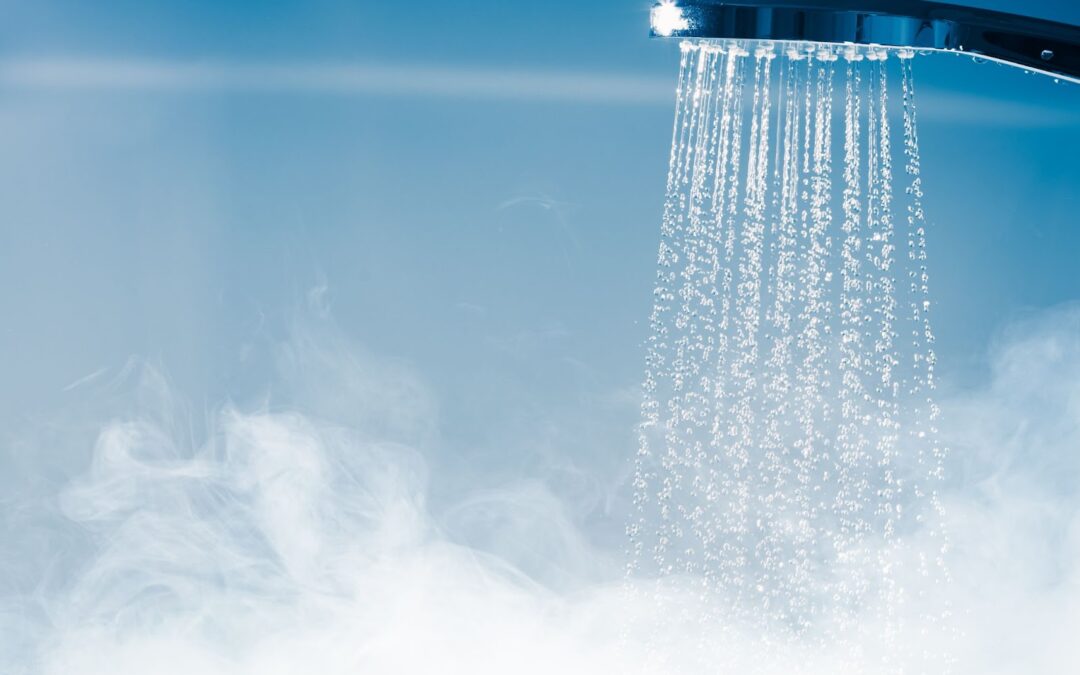The increasing focus on sustainable living has made energy efficiency a top priority in households worldwide. Understanding the importance of energy conservation not only helps the environment but also significantly reduces utility costs. Among the many facets of energy consumption in a household, hot water systems often account for a substantial portion. By switching to energy-efficient hot water systems, households can realise notable savings while reducing their carbon footprint. With various options available, it’s crucial to evaluate the types of systems and their benefits. Embracing these energy-efficient solutions can lead to both economic and environmental gains.
Understanding Energy-Efficient Hot Water Systems
An energy-efficient hot water system is designed to use less energy to heat the same amount of water compared to traditional systems. This efficiency stems from advanced technologies or renewable resources. There are several types to consider, each with its own method of achieving efficient energy use.
Firstly, solar hot water systems harness natural sunlight to heat water, significantly reducing reliance on conventional electricity or gas. While installation costs may be higher, the savings on energy bills can be substantial over time. Heat pump systems, on the other hand, extract heat from the air and transfer it to the water, consuming far less electricity compared to standard electric systems.
Gas water heaters offer better efficiency than electric ones because they heat water quickly. However, they can still rely on fossil fuels, which may not align with everyone’s sustainability goals. Fully electric systems are typically less efficient but can serve as viable options in areas with abundant renewable electricity sources. Evaluating these systems against energy efficiency ratings and standards, such as those provided by government agencies, can help homeowners make informed decisions.
A common misconception is that energy-efficient systems don’t perform as well as their traditional counterparts. This myth couldn’t be further from the truth. Modern systems are designed to provide consistent and effective hot water delivery while maintaining efficiency.
Choosing the Right System for Your Home
When selecting an energy-efficient hot water system, several factors need consideration. The local climate plays a critical role. For instance, solar systems thrive in sunny regions, whereas heat pumps may perform better in moderate climates. Initial installation costs can be daunting, but long-term savings should not be overlooked. Often, the extra upfront cost – when compared to less efficient systems – can be recuperated through lower energy bills within a few years.
Household size and water usage patterns also influence the system choice. A family with high hot water demands may benefit from a larger or more robust system compared to a smaller household. Evaluating these needs against potential long-term savings will provide a clearer picture of the best investment.
Installation and Maintenance Tips
Professional installation is imperative to ensure the optimal performance of energy-efficient hot water systems. Improper installation can negate the energy savings and lead to increased costs over time. Regular maintenance, such as checking for leaks, flushing out sediment from tanks, and ensuring no blockages exist, is essential to keep the system running smoothly and efficiently.
Occasionally, minor issues may arise. Understanding how to troubleshoot common problems, such as inconsistent water temperatures or unusual noises, can prevent costly repairs. Additionally, enhancing energy efficiency beyond the initial installation is possible by insulating pipes and reducing heat loss, thereby maximising savings further.
Exploring Financial Incentives and Rebates
Government rebates and incentives are often available to encourage the adoption of energy-efficient systems. These can significantly reduce the initial investment cost. Understanding how to apply for such benefits and optimise them is crucial. In some cases, the payback period for an energy-efficient system can be shortened by the rebates available, making it an even more attractive option.
For homeowners looking to make the switch, it’s essential to research potential savings over time. Before committing to a new system, it helps to see the cost of energy-efficient systems in comparison to traditional options. This allows individuals to weigh the upfront investment against long-term benefits. Case studies have shown that homeowners who effectively utilised these incentives saw significant cost reductions. Learning from these examples can guide individuals looking to maximise their financial returns.
Additional Ways to Maximise Efficiency
Energy efficiency doesn’t stop at the installation of a new system. Simple lifestyle changes, like taking shorter showers and using cold water for laundry, can further reduce hot water usage. Insulating water pipes and installing low-flow fixtures can also cut down on energy use. Smart technology, such as programmable thermostats and water heating management systems, offer precise control over heating schedules and temperatures, optimising both comfort and efficiency.
Moreover, incorporating renewable energy sources, such as solar panels, for supplementary heating holds promise for further reducing energy consumption and costs. By considering these additional measures, households can amplify the benefits of their energy-efficient investments.
Conclusion
In conclusion, transitioning to an energy-efficient hot water system offers substantial financial and environmental benefits. By choosing the right system tailored to individual needs and utilising available incentives, households can achieve significant cost savings. As a step toward sustainability, these systems exemplify the possibilities of reducing energy use while maintaining comfort.
Encouraging the examination of existing hot water systems and exploring energy-efficient upgrades can foster broader adoption of these sustainable practices. Engaging with the wider community on energy-saving techniques can inspire further innovations and applications of environmentally friendly solutions. It’s time to maximise savings while contributing positively to the planet. After all, isn’t that what sustainability is all about?

Recent Comments